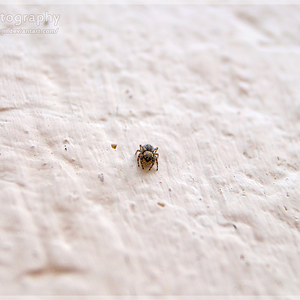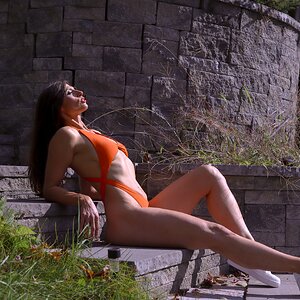- Joined
- Mar 29, 2016
- Messages
- 14,857
- Reaction score
- 8,313
- Can others edit my Photos
- Photos NOT OK to edit
I think the Flashpoint 320M is the best bang-for-buck monolight avaialble today.
Apparently you aren't the only one who thinks highly of the unit. Just went to their site, every one is on back order!!! Assuming this is a temporary situation, what would you recommend to start with on a 3 light setup?






![[No title]](/data/xfmg/thumbnail/34/34691-2fa9779b0e77f698b193a633b9242553.jpg?1619736604)
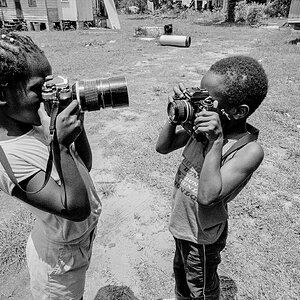
![[No title]](/data/xfmg/thumbnail/34/34688-a1ead83a3067b449d62078d1170e00f6.jpg?1619736603)
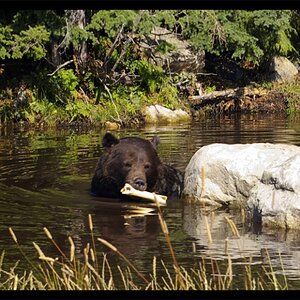
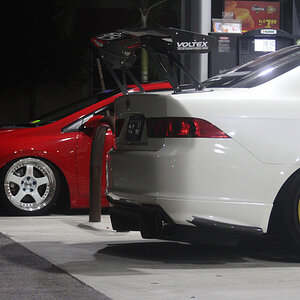
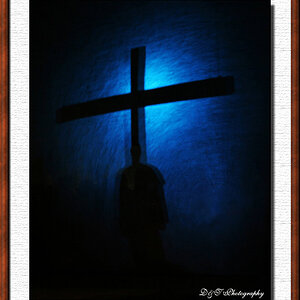
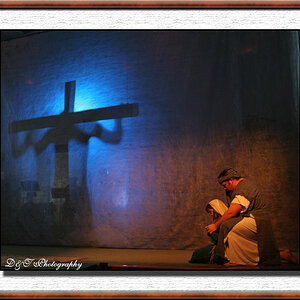
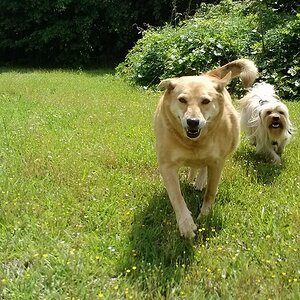
![[No title]](/data/xfmg/thumbnail/36/36602-3001bbe07fa5517ccd4b03e049c7b844.jpg?1619737642)

